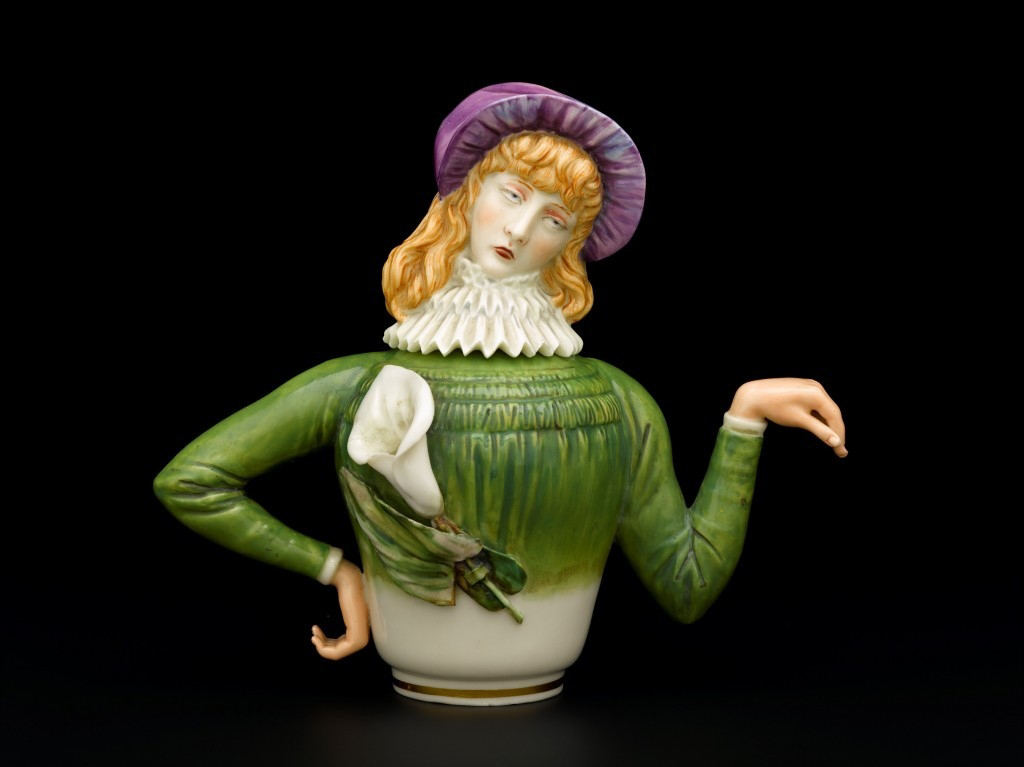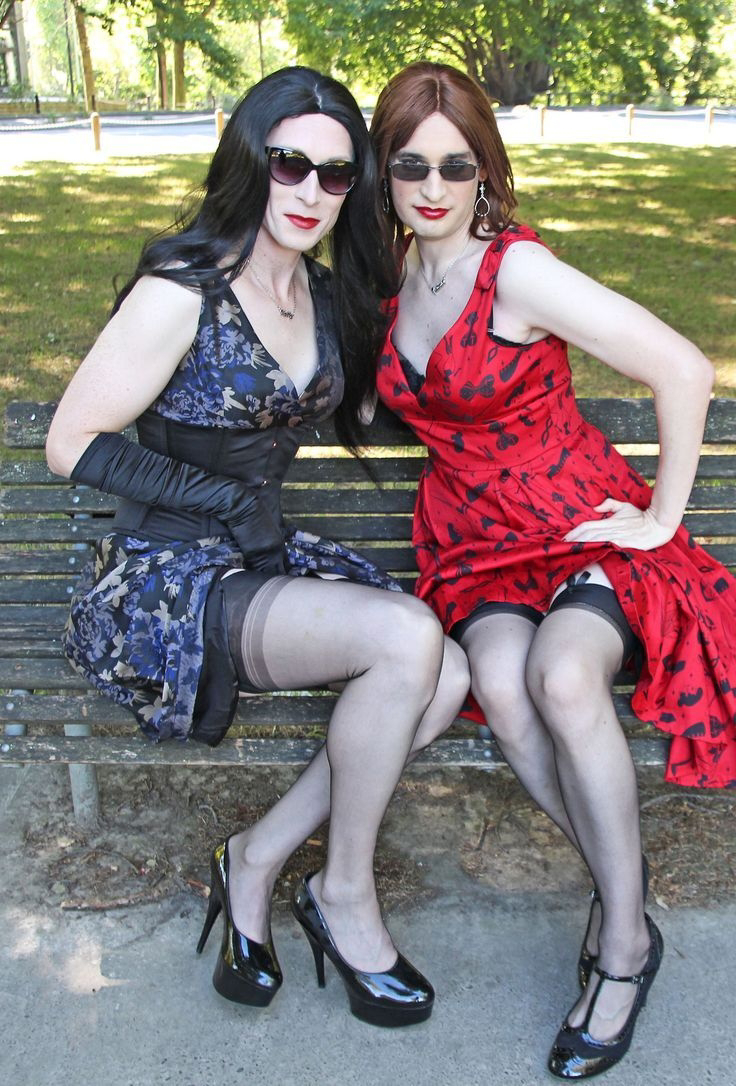Thursday, 11 April 2024
“The teapot is a satire on what was seen at the time as the ‘affectation’ of the Art for Art’s Sake movement; the self-styled ‘sensible’ and ‘manly’ world of the Victorian mainstream press saw Aesthetes as effete poseurs. Both the male and female depicted by the Royal Worcester teapot are dressed in stereotypical Aesthetic clothing, reflecting the popularity of what Gilbert and Sullivan satirised as the “greenery-yallery” colours (such as sage green and mustard yellow) that were so popular amongst Aesthetes, and the lily and sunflower so delicately modelled here were the two iconic floral symbols of the Aesthetic ‘craze’ of the late 1870s and early 1880s. However, the teapot does not only refer to the Aesthetic craze of the time. Underneath is an inscription which reads: “Fearful consequences through the laws of Natural Selection and Evolution of Living up to one’s Teapot”. This inscription was a satirical comment both on Oscar Wilde’s tongue-in-cheek quip about his blue and white china, and also on the hysterical fears circulating in the 1880s about the effects that effeminacy and the blurring of gender roles might have on the future British population.” - Dr. Sally-Anne Huxtable, Principal Curator, Modern and Contemporary Design, National Museum Scotland
In Edo-period Japan, a man could take a younger male lover. At a tea-house near the Kabuki theaters, the young female role specialists (onnagata) worked as prostitutes. Here, an attractive youth stimulates himself as he mounts his client. The narcissi on his robe are a symbol of male love. The 'Bean Man' comments, 'Good heavens, the method of having male sex involves some elaborate artwork.'
Portrait of Lady Georgiana Devonshire (1919). Georgina was just nineteen and fresh from her debutante ball when she met and fell in love with Alfred Devonshire in the year of this portrait. As a society favourite their marriage in 1920 caused a certain amount of gossip. But her free spirited nature saw no obstacle in her husband’s habitual cross-dressing. As she put it in a 1980 interview “we were so in love, and the side benefit was a jewelry box made for two”. Following her husbands death in 1921 Lady Devonshire devoted the rest of her life to ensuring transgender individuals had “equal rights and equal footing in our most equal of societies” in the name of her beloved ‘Alice’.
Subscribe to:
Comments (Atom)
-
This summary is not available. Please click here to view the post.










